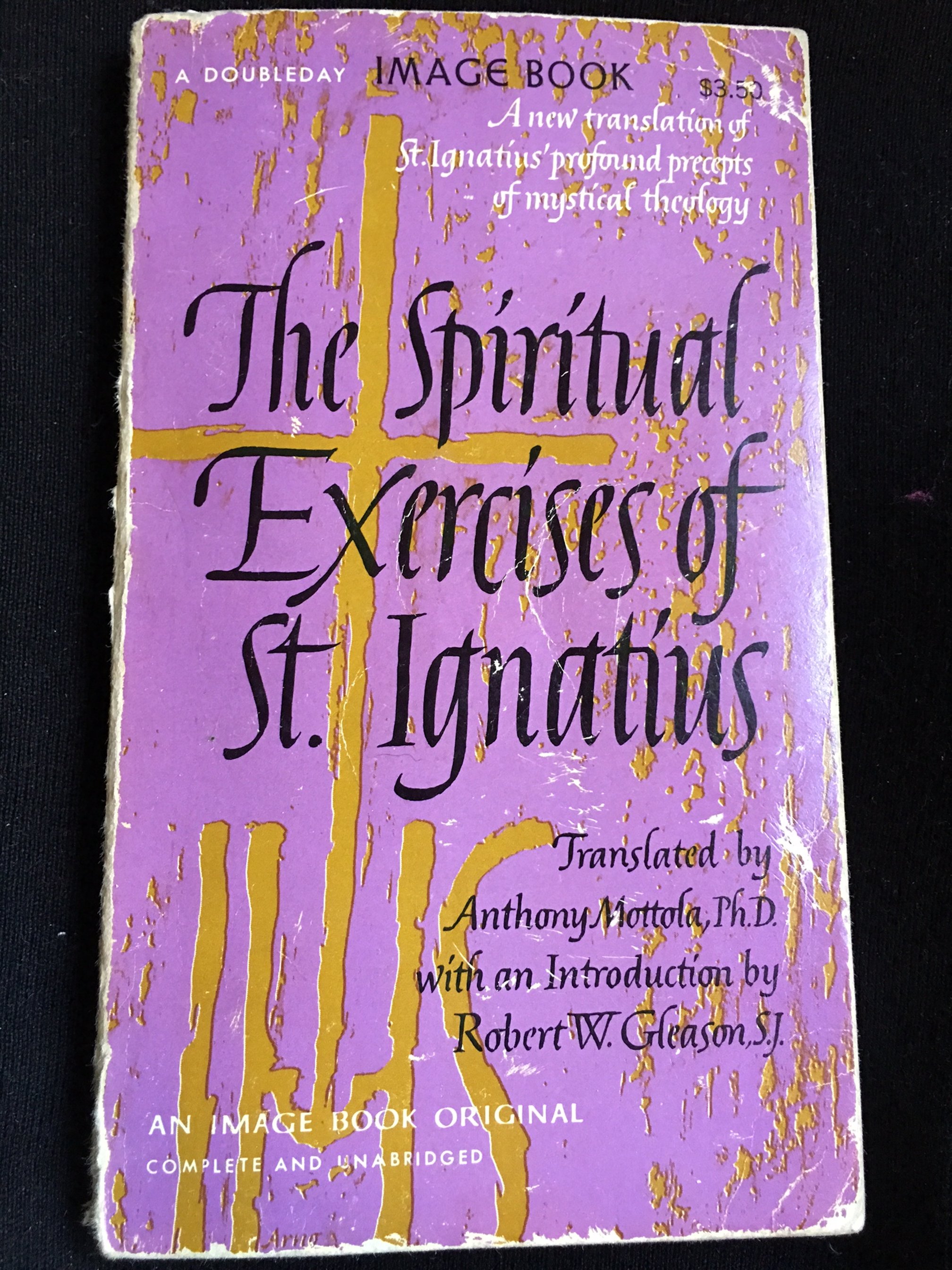Scripture: Ignatian Exercises and College of Preachers
“Take a passage from scripture that you enjoy. Then, Ignatius invites you to enter into the scene by ‘composing the place,’ by imagining yourself in the story with as much detail as you can muster.”—James Martin in The Jesuit Guide to (Almost) Everything (HarperOne, 2010).
college of preachers refectory stained glass
Ignatius practiced spirituality by taking himself and us deep into the Scripture story in their imagination and sometimes literally. First, we start with the senses: seeing, hearing, smelling, tasting, feeling. Then, as we live inside the story, Ignatius asks us to consider what insights might come. Soon, in our imaginary journey, we can travel in time and find ourselves back in the Scripture itself, with a more profound understanding than when we were just intellectualizing the story in our head.
if you do not dramatize the message, they will not listen
In stained glass, the front of the refectory at the College of Preachers at the National Cathedral was written: “If you do not dramatize the message, they will not listen.” You can see this from many viewpoints. However, it said to me that the preacher was to help those in the congregation “experience” the Scripture—usually the Gospel, as Ignatius asks us to do. My experience was that I could best do this by taking myself and all who would like to journey into the story, becoming one of the characters, experiencing Jesus’ feelings, knowing his hopes and fears, frustrations, loves, and passions, his humanness.
This is also good advice to give to spiritual friends whose study of Scripture has become stale.
In the Image Classics series, I was first exposed to the Ignatian exercises and this method of studying Scripture in a small purple book, The Spiritual Exercises of St. Ignatius. I now know there are so many more. A priest I work with, Michael McCain, recommended this one to me by James Martin.
It is hard to become dry when we actually go into a story in Scripture and become a part of it. We will hear voices we have never heard before.
Ignatius offers us a new way to look at scripture. We are offered something new during these difficult times from someone who lived so many years ago and also knew hurt and pain.
Breaking News!
We are so privileged to experience the reopening of a renovated College of Preachers building, now called the College of Faith and Culture, with Jon Meacham as the canon historian at the National Cathedral!
Joanna joannaseibert.com









